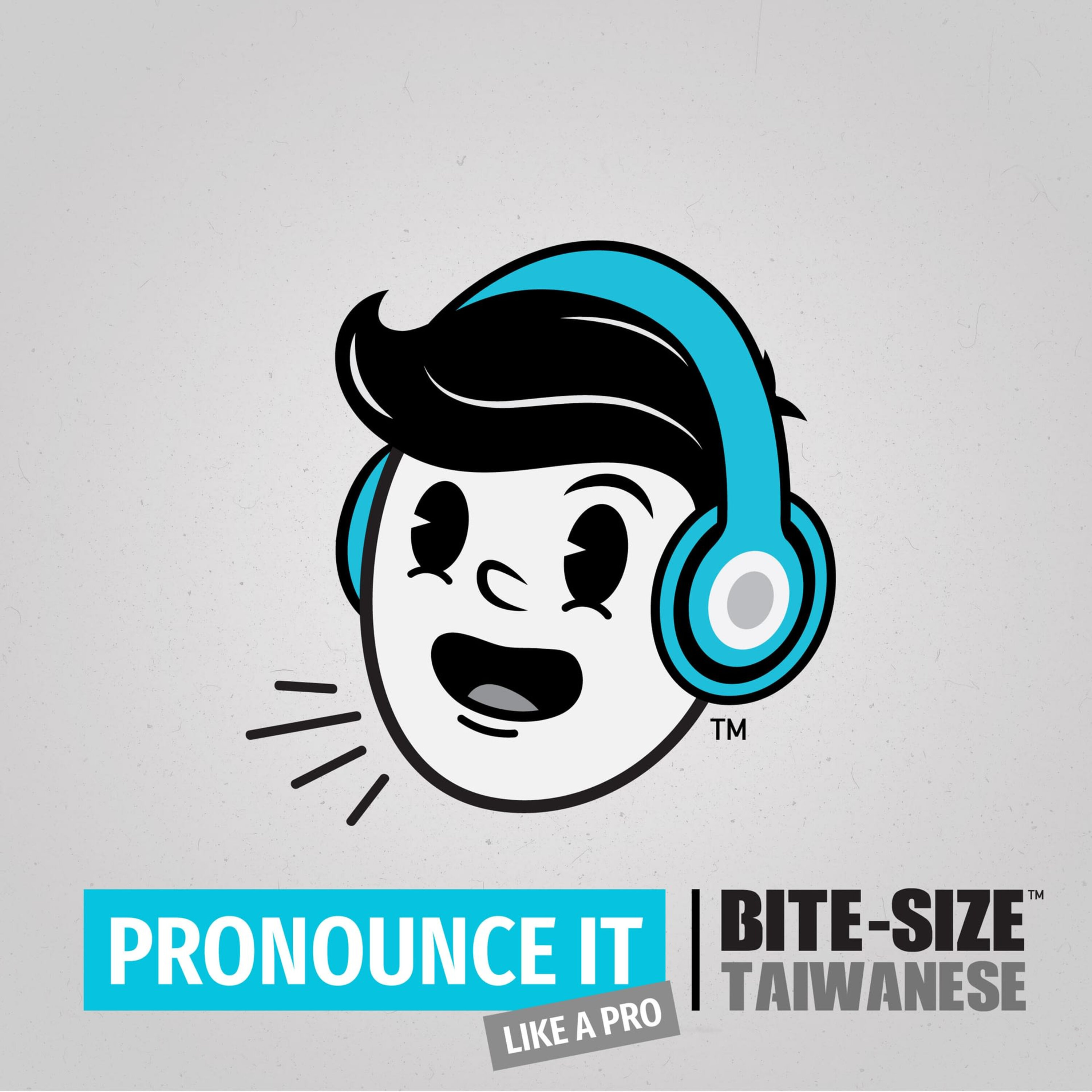Ep03: Tone Changes
Description
In this episode, we’ve explained the basic Taiwanese tone change (also called “tone sandhi”) rules. Here are some key points.
(These show notes use tables and rich formatting. Please visit the episode webpage for an optimal viewing experience.)
Original tone (“citation form”)
Every syllable in Taiwanese has a tone and there are in total 7 basic tones. When a monosyllabic word is said in isolation, it is pronounced in its original tone.
Changed tone (“sandhi form”)
When more syllables and words are combined to form a phrase or a sentence, some of them may alter its tone to a shape similar to another tone.
Taiwanese tone change depends on the sentence structure, not the neighboring tones
If you’ve ever studied Mandarin, you probably know that when there are two consecutive 3rd Tone syllables, the first one changes to a 2nd Tone.
However, in Taiwanese, the tone changes happen less because of the neighboring tones and more because of the sentence structure. Tone changes are closely related to grammatical things like grouping ideas within a sentence, indicating parts-of-speech, showing emphasis, etc.
Phrase-final syllables stay in the original tone
One basic rule is that the syllable at the end of a phrase stays in the original tone. All the syllables before that final syllable should change tone, unless there’s another tone change rule that applies.
So, a string of words could be like:
change-change-change-original, change-change-change-original, change-change-change-original.
[Time/Location/Topic Phrase], [Subject Phrase], [Verb-Object/Predicate Phrase]
You can think of syllables that are in their original tone as resting spots in your sentences and everything before it is grouped together as a whole phrase (or a “tone sandhi group”). If you were to put commas or periods into your sentence, those would also be the natural places to keep the syllable in its original tone.
TONE CHANGE LEARNING TIPS
It could be difficult to remember which tone changes to which tone. In this episode, we’ve tried to simplify the story to help you internalize it. Essentially it can be reduced to three rules as follows: 1) “1-7-3-2-1”, 2) “5 to 7”, and 3) “4 and 8 swap”.
One great way to become familiar with how a certain tone changes is to use reduplicated adjectives. In Taiwanese, reduplicating an adjective has the effect of lessening the intensity. It’s also a nice example because you get exactly the same syllable twice, but one in the changed tone, and one in the original tone.
Below is a summary of the tone change rules with some reduplicated adjectives as examples:
RULE 1 “1-7-3-2-1”: step down, bounce up, and hold
Step down: Tone 1 changes to Tone 7 (High to Mid), Tone 7 changes to Tone 3 (Mid to Low) -- it’s kind of like going down stairs, stepping lower.
Bounce up: Since Tone 3 (Low) can’t step down even further, it becomes Tone 2 (Falling), which is the most dramatic one that falls down from the top.
Hold: For Tone 2 (Falling), you can think of it this way: you begin at the same starting point high up, but then instead of falling, you really don’t have much time to hold it, so it just becomes a short high pitch Tone 1 and moves on to the next syllable.
Sandhi Tone
Non-Final Position
Original Tone
Phrase-Final Position
Examples
7
Mid
←
1
High
oo7-oo a little dark
kng7-kng a little bright
kiann7-kiann a little scared
3
Low
←
7
Mid
tīng3-tīng a little hard or stiff
tsiūnn3-tsiūnn a little itchy
bū3-bū a little blurry, hazy
2
Falling
←
3
Low
tshàu2-tshàu stinky, a little stinky
àm2-àm dark, a little dark
kuài2-kuài strange, a little strange
1
High
←
2
Falling
té1-té a little short in length
suí1-suí fairly pretty
nńg1-nńg a little soft
More Episodes
In this episode, we’ve talked about Taiwanese dialects, regional differences, and a bit on Taiwan’s early immigrants and development.
(These show notes use tables and rich formatting. Please visit the episode webpage for an optimal viewing experience.)
Since there are several dialects and accents...
Published 03/13/20
Published 03/13/20
In this episode, we’ve talked about Taiwanese dialects, regional differences, and a bit on Taiwan’s early immigrants and development.
Please visit the episode webpage for a detailed outline of the episode!
Published 03/13/20


